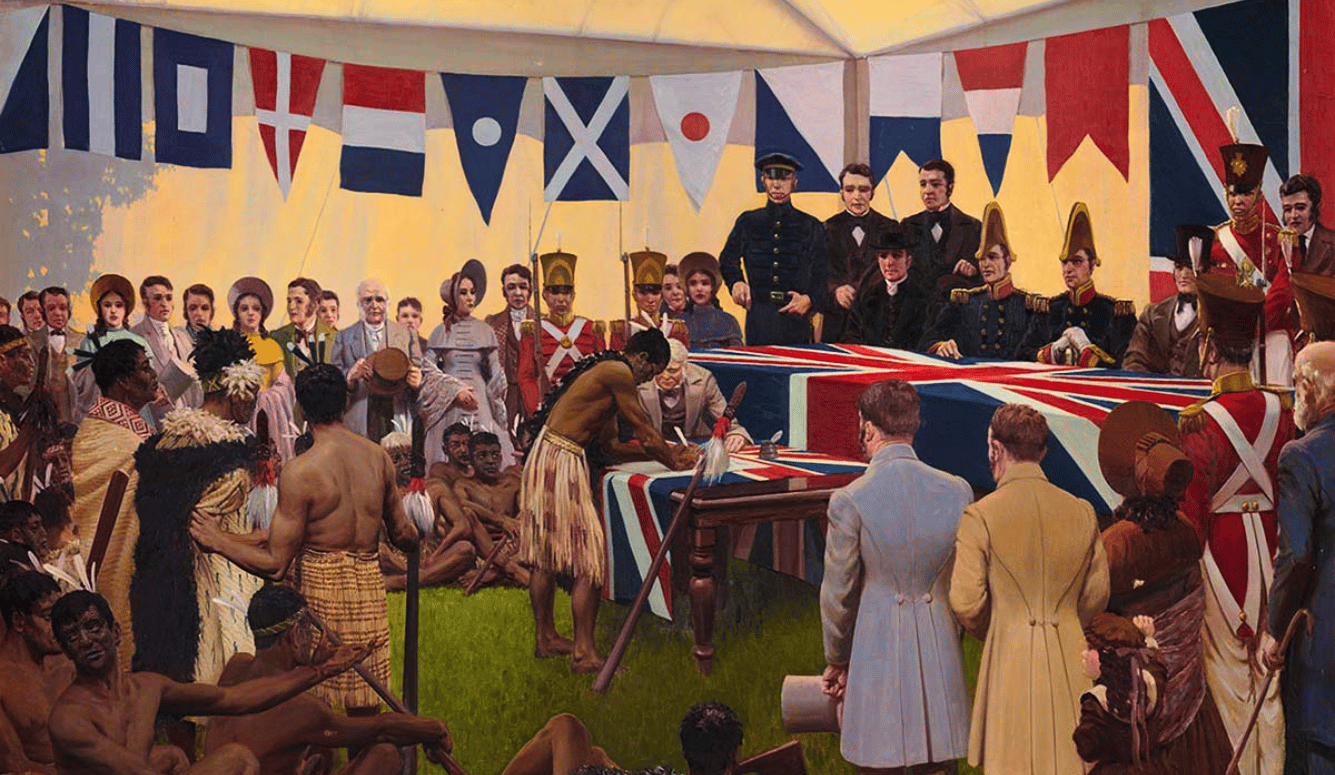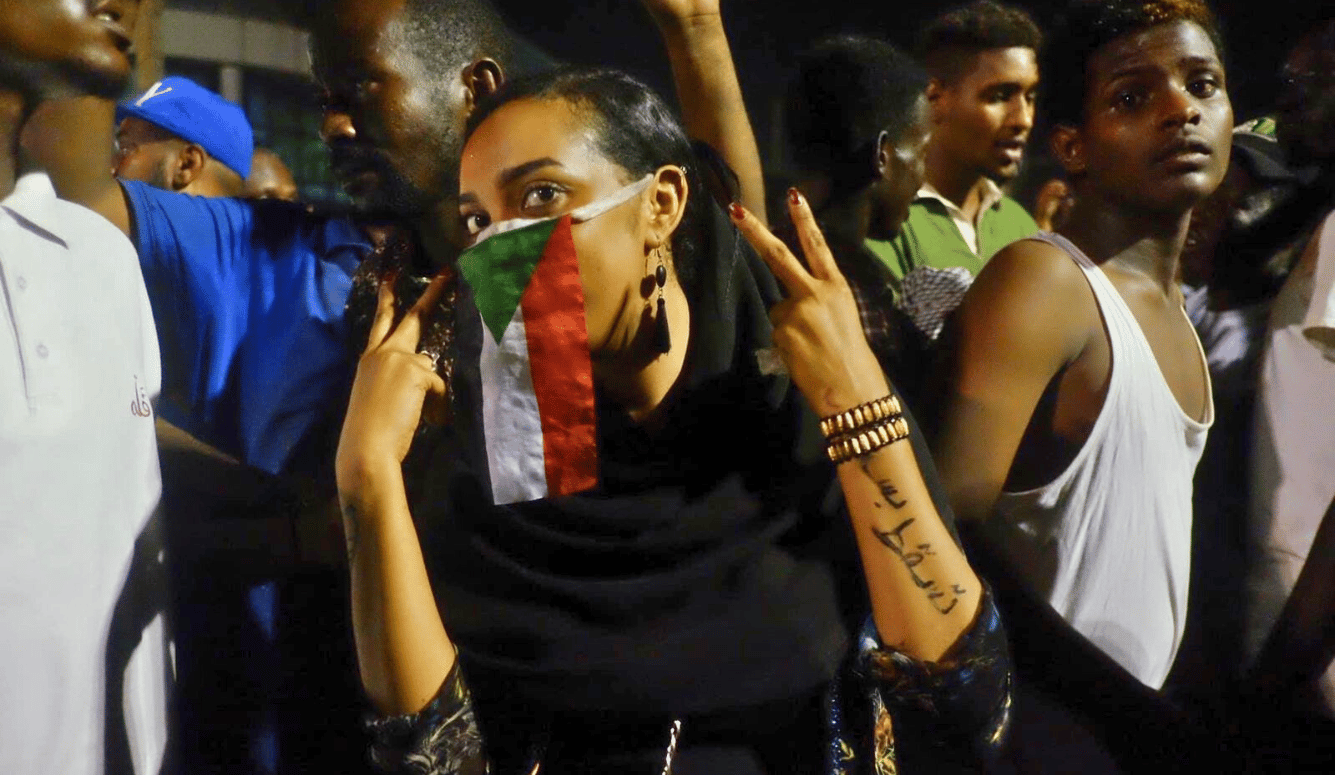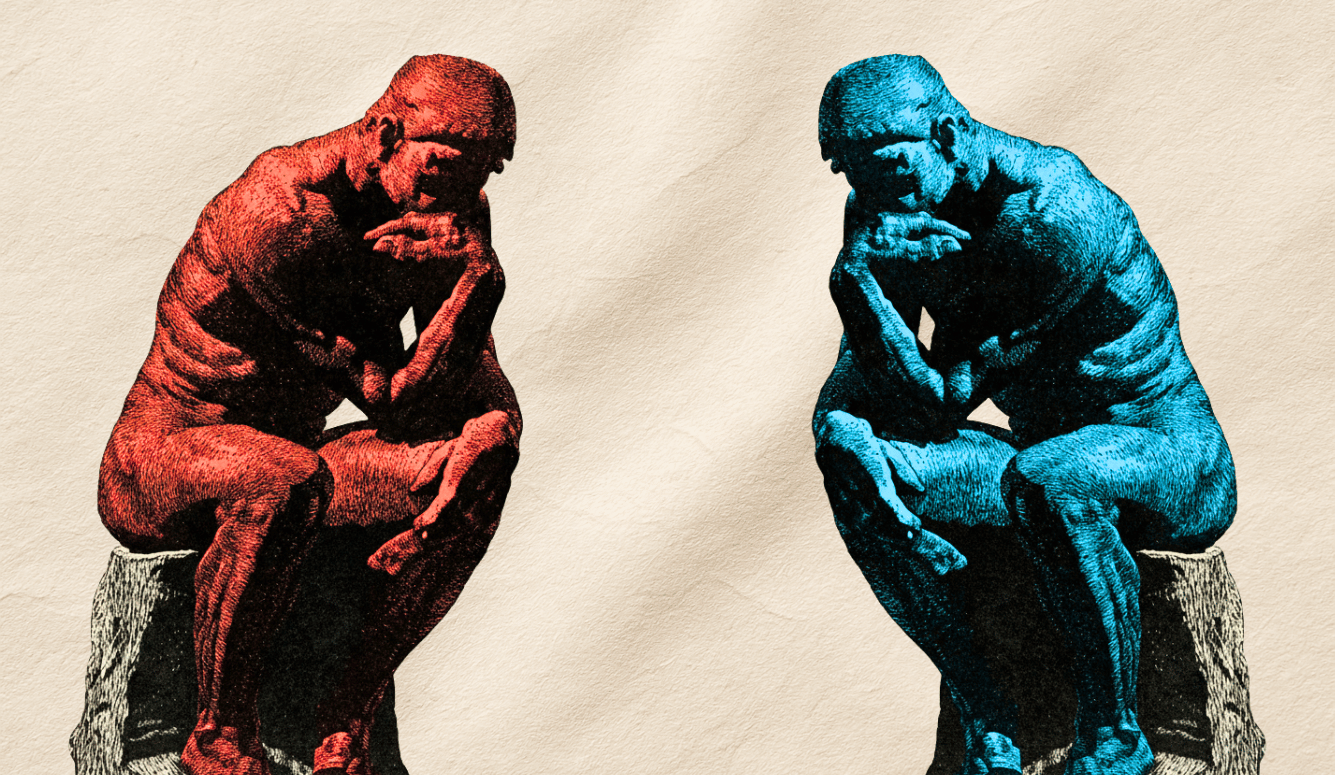Australia
Stealing Australia and Buying New Zealand
Why the New Zealand Māori got a treaty from the British in 1840 but, in 1788, the Australian Aborigines did not.

A Review of Empire and the Making of Native Title: Sovereignty, Property and Native People by Bain Attwood, 458 pages, Cambridge University Press (August 2020).
King Charles recently raised eyebrows by making a land acknowledgement in his opening speech to the newly elected Canadian parliament: “I would like to acknowledge that we are gathered on the unceded territory of the Algonquin Anishinaabeg people.” What is perhaps most surprising about this is that there is any “unceded” land left in Canada. In Canada, representatives of the Crown signed seventy historic treaties with native peoples, compared to one in New Zealand and none in Australia. It appears that some colonial official back in the day neglected the paperwork in this case. As a result, Ottawa is subject to a land claim.

This sounds more dramatic than it is. The Noongar Aborigines made a similar land claim over 200,000 square kilometres of Western Australia that include the entire metropolitan area of Perth, a city with a population of more than two million. The claim took decades to settle, but in the end the Noongar obtained a substantial package of benefits, including around AU$800 million and 3,200 square kilometres of land. However, the Algonquin are not going to repossess metropolitan Ottawa (pop. one million) any more than the Noongar got to repossess metropolitan Perth. Most of the land the Noongar received was vacant Crown land not prime Perth real estate. The amount of money awarded in the Noongar Settlement, scheduled to be paid out over more than a decade, would only cover the cost of a handful of city office blocks.
Title to land is one thing. Sovereignty is another. The Noongar settlement recognised native title—by paying the Noongar to cede that title over the 200,000 square kilometres in question in return for the benefits detailed above—but it has nothing to say about sovereignty. Even so, contemporary activists frequently assert indigenous sovereignty over Australia. They say sovereignty was never ceded and that Australia always was and always will be Aboriginal land. By implication, both white Australians and non-white recent migrants to Australia are living on stolen land. Slogans like “never ceded” and “always was, always will be” pop up on placards at demonstrations on “Invasion Day” (Australia Day) and other occasions, along with the calls to action of the Uluru Statement from the Heart: “Voice, Truth, Treaty.” In this charged context, it is worth understanding why the New Zealand Māori got a treaty from the British in 1840 but, in 1788, the Australian Aborigines did not.
In Empire and the Making of Native Title, Bain Attwood sets out to answer the question: “Why did the British government negotiate with Māori for the cession of sovereignty and title to land yet treat Aborigines as though they were neither sovereign nor owners of the land?”
Attwood downplays events commonly taken to be iconic, such as Lieutenant (as he then was) James Cook’s unilateral proclamation of British sovereignty on Possession Island in 1770 and the signing of the Treaty of Waitangi by Captain Hobson and assembled Māori chiefs in 1840. He argues that such acts need to be understood in terms of the broader historical and political context of the time. His fundamental thesis is that sovereignty and rights of property in land were made in New Zealand (but not made in Australia) as a result of historical processes that were “rarely linear in nature but halting, contingent and ultimately reliant on a large degree of chance.”
Attwood downplays the importance of ideas and doctrines to the imperial agents. What was more important to them, he thinks, were the concrete goals they were trying to achieve. He places particular emphasis on what he calls traces (private correspondence and marginal comments) as distinct from sources (published policy and Hansard debates), which are self-consciously “on the record.” These traces bear witness to long-running debates between various imperial, colonial, religious, and commercial interests as to what would be best for the “natives” and what their rights actually were (or were not). These debates, Attwood says, were “invariably complex, occasionally incoherent, sometimes mundane, frequently base and seldom constant.”
As the sources show, sovereignty and native title to land were the subject of heated political discussion in New Zealand in the 1840s and 1850s but were barely discussed at all in Australia between 1788 and the 1820s. This is partly due to the fact that the Māori clearly practised agriculture and the Aborigines equally clearly did not, as far as the early colonists were concerned. However, the most important differences were the historical circumstances surrounding the founding of each colony.





